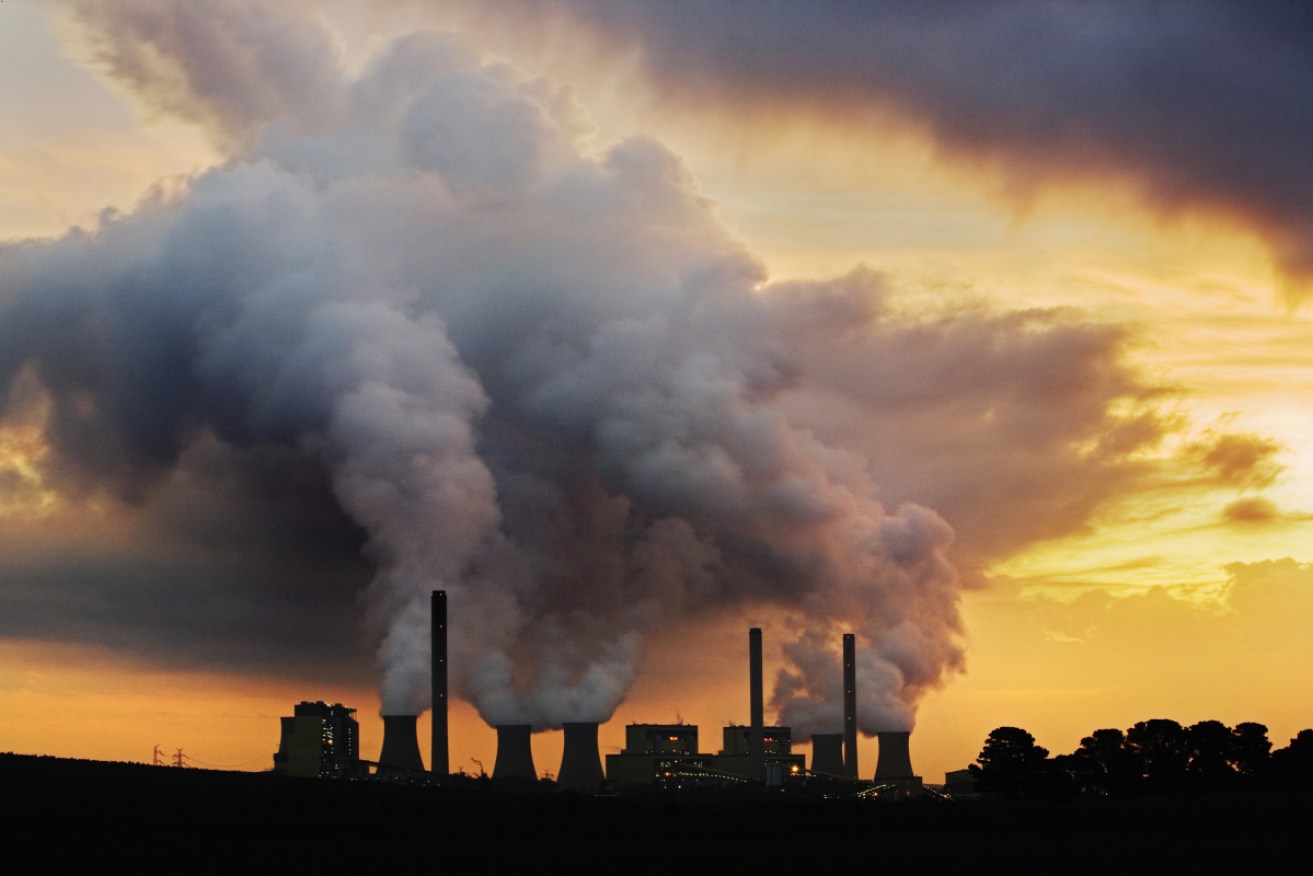Carbon capture doomed to fail, report says

A new report says the major banks are using loopholes to fund fossil fuel projects. Photo: Getty
Pumping carbon under the sea from gas rigs or storing it underground “simply won’t work” as a climate solution, an independent energy researcher warns.
In a report released on Thursday, the Institute for Energy Economics and Financial Analysis examined 13 of the world’s flagship carbon capture and storage (CCS) and carbon capture utilisation and storage (CCUS) projects.
More than half of them underperformed, two failed and one was mothballed, report author Bruce Robertson said.
“CCS technology has been going for 50 years and many projects have failed and continued to fail, with only a handful working,” he said.
The Gorgon project off the coast of WA – Australia’s only operating CCS system and one of the world’s largest – underperformed by about 50 per cent over its first five-year period, according to the case study.
Chevron Australia’s Gorgon liquefied natural gas operations take carbon from offshore gas reservoirs and injects it into sandstone two kilometres beneath Barrow Island, off the northwest coast.
Falling short of state government-mandated performance, Chevron Australia buys carbon credits to offset emissions and comply with its WA licence to operate.
“Many international bodies and national governments are relying on carbon capture in the fossil fuel sector to get to net zero, and it simply won’t work,” Mr Robertson said.
The Albanese government last week approved the first new offshore carbon capture areas since 2014, saying it would help Australia to lower emissions.
The Inpex, Woodside Energy and TotalEnergies joint venture is located in the Bonaparte Basin off the Northern Territory coast, while Woodside Energy’s project is in the Browse Basin off the West Australian coast.
“CCS is a safe, key proven technology that can support the petroleum sector in its low carbon transition,” federal Resources Minister Madeleine King said in a statement.
Carbon capture has been used since last century for enhanced oil recovery (EOR), where oil and gas producers inject pressurised carbon into reservoirs to squeeze out more hydrocarbons.
The report said EOR projects use almost three-quarters (73 per cent) of the carbon captured each year.
Over the past 50 years, only a small proportion of carbon capture projects (10 to 20 per cent) have stored carbon in dedicated geological structures without using it for EOR, the report found.
Mr Robertson said CCS might have a role to play for hard-to-abate cement, fertilisers and steelmaking, but he recommended safeguards.
Projects must be in safe locations, and have a centuries-long monitoring plan and compensation figured out in case of failure, the report said.
No liability should land with taxpayers, particularly if government subsidies, grants and tax credits have been provided for capturing the carbon.
Nor should it be used to promote more oil extraction or extend the life of any type of fossil fuel asset as a “climate solution”, he said.
The two most successful projects were in the gas processing sector – Sleipner and Snohvit in Norway.
– AAP








